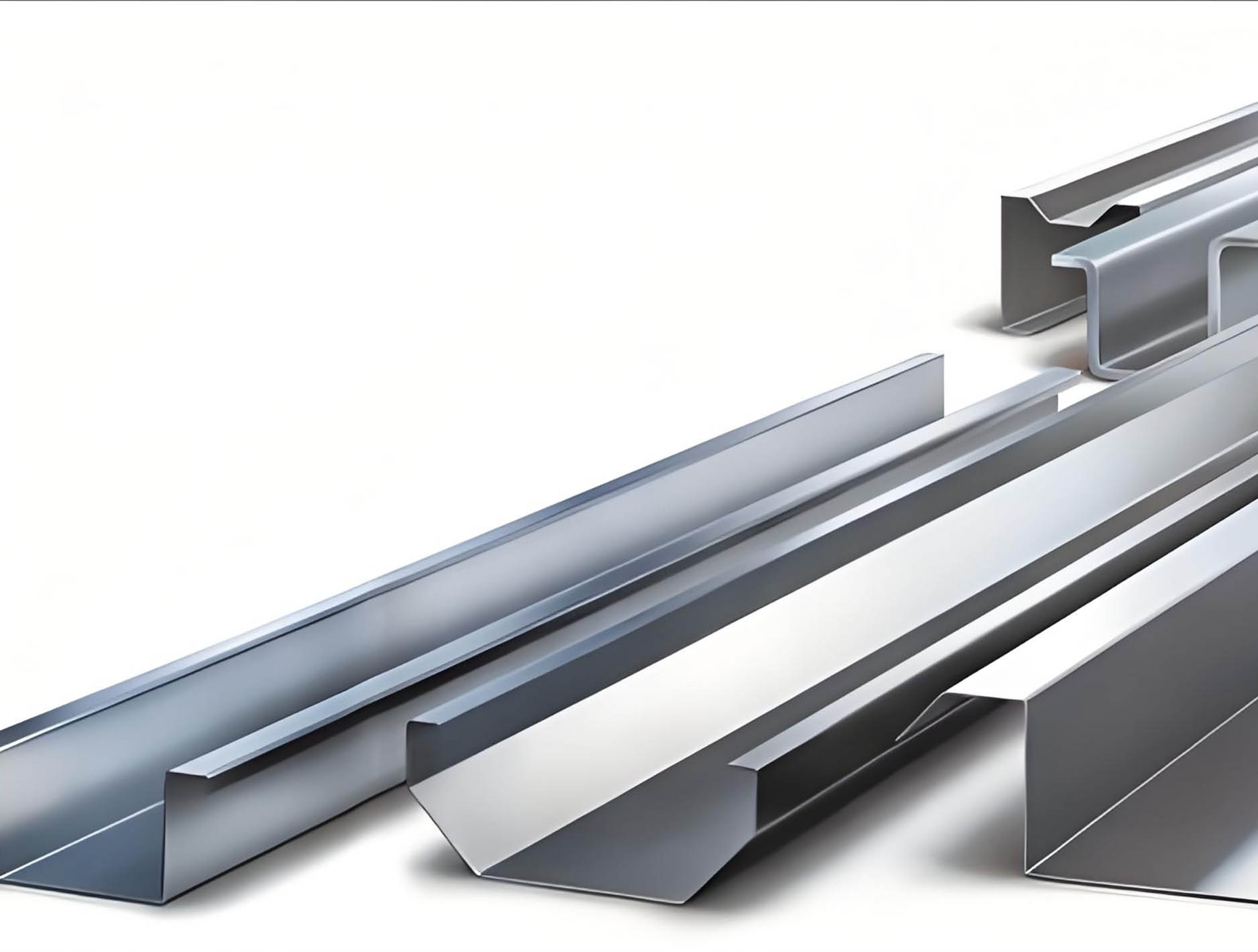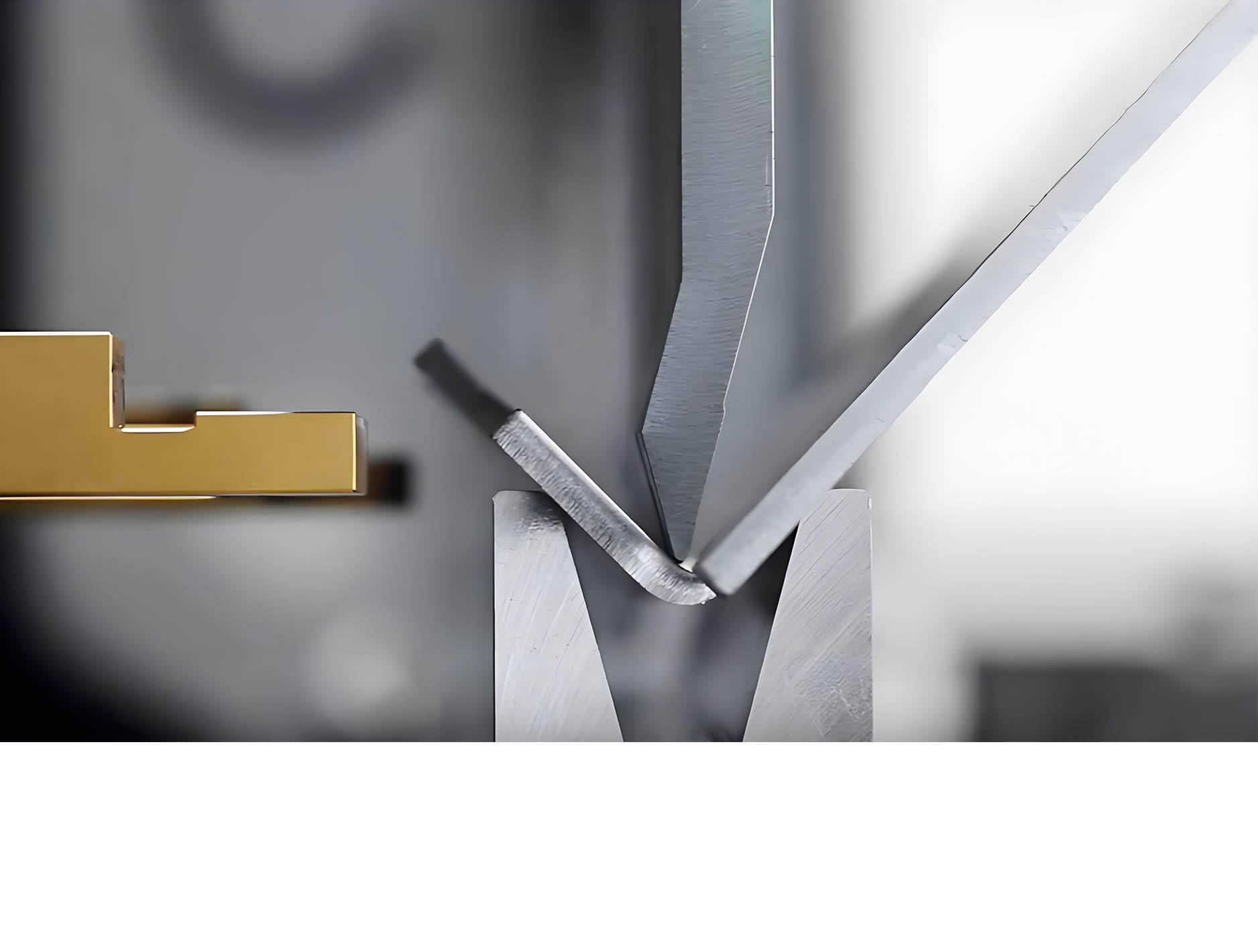Due to its high strength, corrosion resistance and aesthetics, stainless steel is widely used in machinery manufacturing, architectural decoration, home appliances and other fields. However, its high hardness and strong toughness also make its bending process more challenging. ZYCO will introduce in detail how to use a bending machine to efficiently and accurately complete the bending process of stainless steel sheets.
I. Characteristics and difficulties of stainless steel bending
1. Material characteristics
- Stainless steel (such as 304, 430, etc.) has high hardness and high yield strength, and requires greater pressure when bending.
- It has high resilience and is prone to angle rebound after bending, which requires compensation adjustment.
- The surface is easily scratched, and attention should be paid to the contact protection between the mold and the plate.
2. Common problems
- Rebound: The angle of the plate rebounds after bending, resulting in the actual angle being smaller than the target angle.
- Cracking: If the bending radius is too small, the outer tensile stress is too large, which may cause edge cracking.
- Surface scratches: The stainless steel surface is damaged due to improper mold or operation.

Ⅱ. Working principle of bending machine
The bending machine applies pressure to the plate to make it plastically deform through the cooperation of the upper die and the lower die. The hydraulic or electric driven pressure system can accurately control the bending angle and depth.
Key parameters:
- Pressure (tonnage): Calculate the required pressure according to the thickness and material of the plate.
- Bending angle: Achieved by adjusting the upper die descending depth or the lower die opening distance.
- Bending radius: Determined by the R angle of the die, it must be greater than the minimum bending radius of stainless steel (usually 1-2 times the plate thickness).
Ⅲ. Stainless steel bending operation steps
1. Preparation
- Choose the mold: give priority to high-hardness molds (such as 42CrMo steel) to avoid mold wear and scratching the stainless steel surface.
- Clean the plate: remove oil or impurities on the stainless steel surface to prevent indentation.
- Calculation parameters: Determine the pressure (P) according to the plate thickness (T) and material: the empirical formula is (P = T*T*650 / V) (V is the lower die opening width), which is the bending pressure required for a 1-meter-long carbon steel plate, and stainless steel is twice that of a carbon steel plate.
- Set the compensation angle (usually 1°~3° larger than the target angle to offset the rebound).
2. Adjust the equipment
- Install the appropriate upper and lower molds to ensure centering.
- Enter the parameters (pressure, angle, stroke) and try bending, observe the rebound amount and then fine-tune.
3. Bending operation
- Align the stainless steel plate with the center line of the lower mold and fix the position.
- Start the bending machine, slowly press the upper die down to the set position, and hold the pressure for 1~2 seconds to release the stress.
- Bend step by step (such as multiple small angle bends) to avoid cracking caused by one-time forming.
4. Inspection and correction
- Use an angle ruler to measure the bending angle and compare it with the target value.
- If the angle is insufficient, increase the compensation value; if there is an indentation on the surface, check the mold finish or add a protective film.

IV. Precautions
1. Avoid surface damage
- Apply a polyurethane protective film on the surface of the mold or plate.
- Clean the mold regularly to prevent iron filings from scratching stainless steel.
2. Control the bending radius
- The minimum bending radius of stainless steel must be greater than that of carbon steel. It is recommended to refer to the material manual (such as the R angle of 304 stainless steel ≥1.5T).
3. Lubrication and cooling
- Apply special lubricants (such as chloride-containing stainless steel oil) when bending to reduce friction and heat accumulation.
4. Safe operation
- Wear protective gloves and goggles to prevent cuts on the edge of the plate or debris from flying.
- Check whether the hydraulic system pressure is stable before bending.
V. Solutions to common problems
Excessive rebound:
- Increase the compensation angle or use the "bend and then press back" process.
- Choose a CNC Press Brake with compensation function.
Edge cracking:
- Increase the bending radius or choose annealed stainless steel (such as 304 soft state).
- Bend perpendicular to the rolling direction of stainless steel to reduce stress concentration.
Surface indentation:
- Use polished molds or pad soft materials (such as PVC film) on the mold contact surface.
VI. Summary
Stainless steel bending processing has high requirements for equipment accuracy, mold selection and operating specifications. By reasonably adjusting parameters, compensating for rebound in steps, and paying attention to surface protection, the quality of the finished product can be greatly improved. For high-precision requirements, it is recommended to use a CNC press brake to achieve automatic control of complex bending processes through programming.